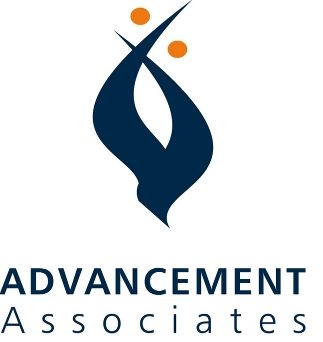Fundamental to photography is the art of composition, the way individual objects within a defined space combine to form a portrait. The more elements one is expected to work with, the more complex the task.
And what if the number of elements in the figurative viewfinder suddenly doubles, creating a virtual collage of colors, textures and patterns? Successfully merging the various fragments into one cohesive image is precisely the task at hand for Living Branches, a system of retirement living communities in southeastern Pennsylvania.
In June 2008, when Souderton Mennonite Homes (Souderton), Dock Woods Community (Lansdale) and Dock Meadows (Hatfield) officially became Living Branches, CEO Edward Brubaker had plenty of operational wrinkles to iron out, including approaches to fundraising. While the intent was always to merge the development functions of the three campuses, Brubaker took comfort in that fact that each department was, for the time being, working well on its own.
Nearly three years later, development discussions are picking up steam. The landscape looks different now: one development officer has retired, a second has moved into marketing, and the first-ever Director of Fund Development for the new entity has recently been hired.
Some details to be worked out are small. For example, this summer administrative staff will align software packages and merge donor databases. Decisions regarding special fundraising events also need to be made. Which should remain as they are? Which does it make sense to combine? Which could be eliminated?
Then there is another level of challenge: crafting an overall development philosophy that accommodates the emotional connections donors may have to one campus or another while, at the same time, encouraging people to see what Brubaker calls the “bigger picture” of Living Branches.
One doesn’t need to visit with the CEO long to detect a genuine caring and sensitivity for constituents that goes beyond far beyond business savvy.
“We recognize that donors have an emotional connection to the organizations they support. In bringing these organizations together, we don’t want to minimize the importance of those connections for the sake of easier administration,” Brubaker explains. “At the same time, Living Branches wants to invite our friends to connect to the entire organization.”
One development priority for Living Branches is charitable giving for benevolent care, funds through which the retirement community supports current residents who have exhausted their financial resources.
Prior to the merger, each organization had a fund dedicated to this purpose—the Agape Fund at Souderton and the Sharing Fund at Dock Woods/Meadows. Brubaker recognizes that, at least for the foreseeable future, some people will have a strong affinity to a particular campus. Living Branches plans to maintain each fund as a way to honor those sentiments.
Similarly, each year Living Branches receives memorial gifts that families want to designate to either Souderton or Dock Woods. “We want to show appreciation for the gifts we receive by allowing donors to connect with us in ways that are meaningful to them,” says Brubaker, “but we don’t want [giving to individual campuses] to be our main focus in the future.”
For this reason, a development task force is proposing creation of a third benevolent care fund to be used across the broader organization—the Living Branches Fund. “Many donors don’t care where their money goes as long as it is for benevolent care,” says Brubaker. “Building the Living Branches Fund, and thereby letting the organization designate how the money is used, is one way to help people see a bigger picture.”
Living Branches operates as a charitable 501(c)3 organization; that is one indicator of its commitment to those residents who, through no fault of their own, have outlived their resources. “If we didn’t offer benevolent care, we wouldn’t have a reason to do fundraising,” states Brubaker. “We would be just like any other business.”
And speaking of business, another intriguing question for the Living Branches development team is how to communicate a new identity to vendors and local businesses who until now have been asked for donations by both the Dock and Souderton communities. Because of the close proximity of the three campuses, there is considerable overlap among corporate donor constituents.
When asked how Living Branches might engage the business community going forward, Brubaker offers this scenario: “Businesses might receive a one-time ask through a personal visit or letter. As opposed to being invited multiple times for multiple events, vendors might be asked to partner with us, for example in our benevolent care ministry, through selected fundraising activities throughout the year.”
Brubaker is adamant about not expecting charitable gifts to help fix a deficit or subsidize those residents who are able to pay the full cost of care on their own, neither of which he considers legitimate objects of charity. “Donors want to give to specific needs rather than see their gifts just going toward operational expenditures.”
Personnel; software; special events; major donors and other friends; businesses and vendors. Exactly how the recently-merged organization pulls together the various compositional elements remains to be seen, and Living Branches has engaged AAI to assist the effort. What is certain is that the resulting image, as in photography, will be brought into focus through careful “development.” In the case of Living Branches, the term is literal, and Brubaker hopes it reveals not just a picture, but rather the bigger picture.
